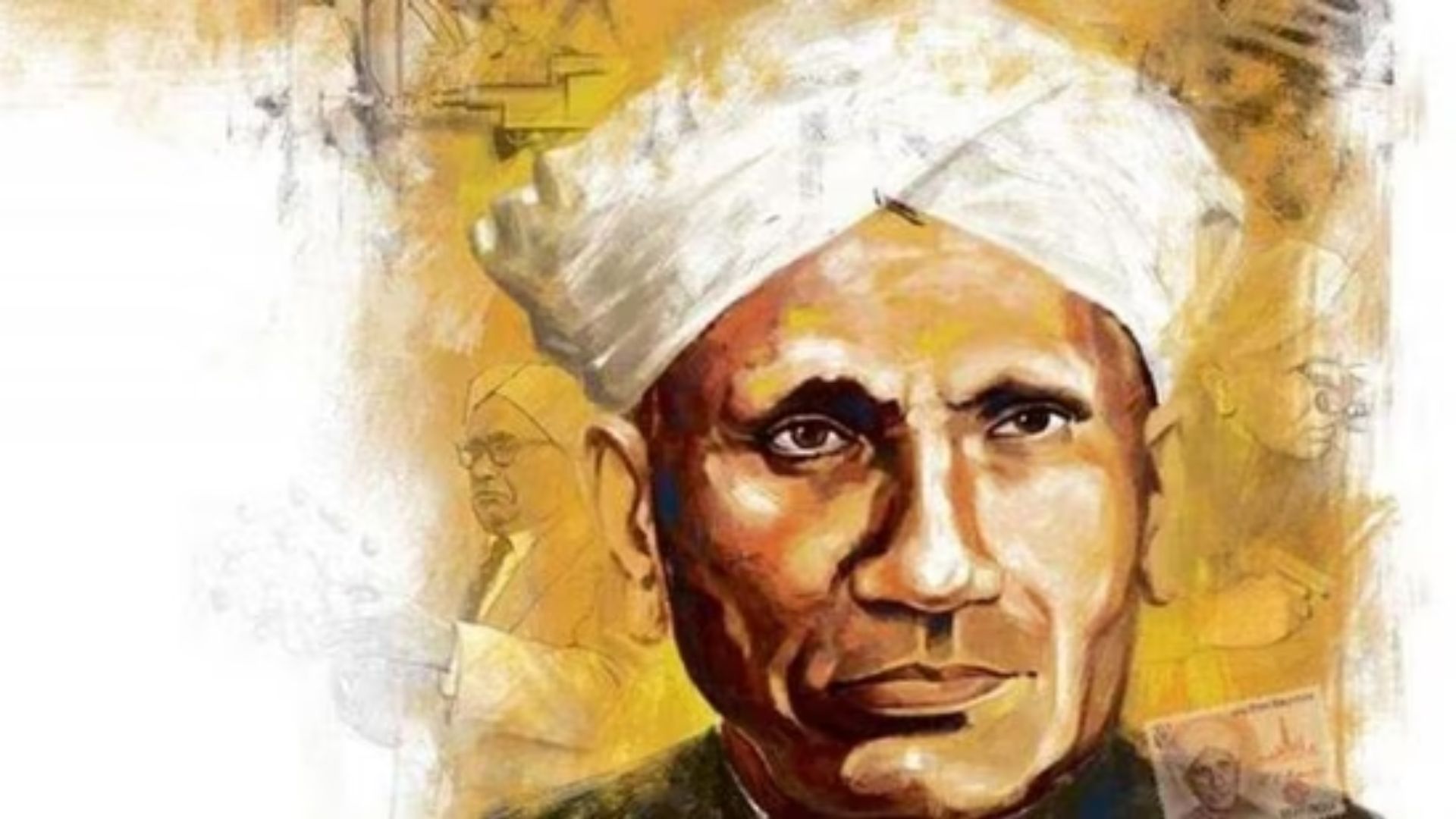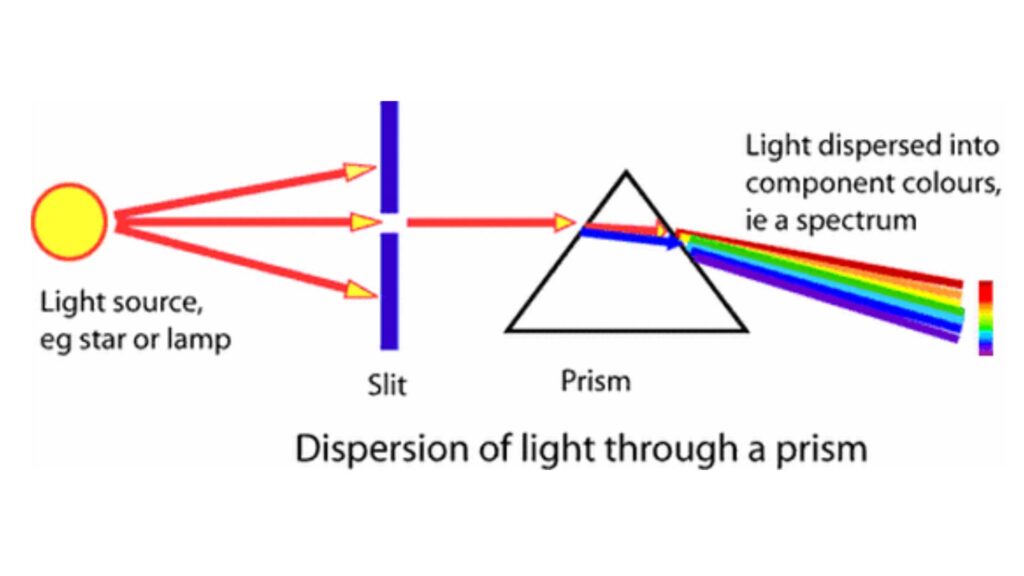
Chandrasekhara Venkata Raman, known as CV Raman, was an eminent Indian physicist whose groundbreaking work in the field of light scattering earned him the Nobel Prize in Physics in 1930. Born on November 7, 1888, in Tiruchirappalli, India, Raman’s contributions to science continue to inspire generations of researchers worldwide.

Raman’s most significant discovery, now known as the “Raman Effect,” was the result of his experiments with the scattering of light in liquids. He observed that when light passes through a transparent material, a small fraction of the light changes its wavelength, a phenomenon now called Raman scattering. This discovery revolutionized the field of spectroscopy and provided a new way to study the vibrations of molecules, leading to significant advancements in physics and chemistry.
Aside from his scientific achievements, Raman was also a dedicated educator and mentor. He served as the first Indian director of the Indian Institute of Science in Bangalore and later as the professor of physics at the University of Calcutta. His passion for science extended beyond the laboratory, as he worked tirelessly to promote scientific research and education in India.
Raman’s impact on the scientific community was recognized globally when he was awarded the Nobel Prize in Physics in 1930, making him the first Asian and the first non-white person to receive this prestigious honor in the field of science. His work laid the foundation for modern spectroscopy and continues to be studied and applied in various scientific disciplines today.
In conclusion, CV Raman’s legacy is one of innovation, perseverance, and a deep passion for science. His groundbreaking discoveries have left an indelible mark on the world of physics and continue to inspire scientists around the globe.















